What does clean beauty really mean? Clean, green, and sustainable beauty are often used interchangeably. However, consumers in different markets understand how those terms are defined differently. In the US, a lack of governmental regulation gives brands free reign to define for themselves what a “clean” product is. While in Western Europe, “clean beauty” is strongly tied to “green” and sustainable. Consumers in APAC ground their understanding of “clean beauty” in safety and “free-from” assurances. To embrace these varying interpretations, tailored messaging will be key to speak to all consumers across different markets.
Engagement Levels in the Global Clean Beauty Industry
As ethical and environmental claims grow in prevalence across markets, sustainably-conscious practices, such as sustainable packaging, are becoming a non-negotiable within the beauty and cosmetics industry. Images of plastic packaging in oceans and waterways have put environmental issues front and centre in consumers’ minds which has adjusted the ethical responsibility consumers expect from beauty brands.
However, during financially strained times, consumers’ defensive mindsets around spending mean products’ price points are more of a priority, which can be observed in the German market. Nevertheless, the clean beauty category continues to demonstrate a strong user base, with only a fraction of users decreasing the number of products they use during the recession. Meanwhile, while exclusive use of “clean” products is mixed in the United States, attitudes and behaviours showcase a desire to live a lifestyle that reflects respect for the self, surroundings, and the environment.
Read on to brush up on your insight on green beauty trends across the globe: What’s driving the usage of clean beauty products, and what are the barriers to consumers’ participation in the green beauty market? With Mintel’s expertise, you can adjust your brand messaging to address consumers’ needs and concerns, gain their trust, and encourage engagement in eco-friendly practices in beauty and personal care.
Clean Beauty Industry Drivers
Consumers’ personal values are driving clean beauty industry growth
Consumers’ attitudes towards conscious cosmetics and personal care go beyond the clean beauty market, sometimes also referred to as the green beauty market. Their lifestyle ideals shape it. 1 in 4 Japanese consumers interested in ‘clean’ product claims are more willing to pay a premium price if they perceive a product to be of higher value, and how well that product aligns with their lifestyle values. This indicates how consumers’ purchasing decisions aren’t solely influenced by a product’s environmental friendliness, but that a brand’s principles and philosophies can also impact their decision-making.


Consumer interest in refillable clean beauty products is significant and aligns well with shifting consumers’ values towards a more ethical outlook. New product developments across the beauty and personal care (BPC) market are leveraging consumer interest in this area. In 2022, 9% of beauty and personal care launches in the UK featured refill claims. The hand soap category is where consumers are most likely to choose refillable options. In other functional categories like oral care and deodorants – where convenience is key and consumers often repurchase the same product while also being budget conscious – refills are expected to be well received. Lower-priced refills can boost brand loyalty and allow brands to link sustainability with value, a vital strategy as affordability remains a top purchasing priority for UK consumers.
Barriers to the Green Beauty Market
High prices are locking consumers out of the green beauty market
Compared to other EU countries like France, Italy and Spain, purchases of natural and organic options are the lowest in Germany. Perceived high prices are the main contributing reason, as over half of non-buyers are put off by the products’ price tag. However, in reality, recent launch activity shows that green options in categories like hair products and colour cosmetics are more affordable than regular products.
High prices, which are at odds with buyers’ budget-conscious mindsets, along with the perceived inconvenience of returning packaging for recycling, have led to low participation in these sustainable practices. However, brands can bridge this gap by combining sustainability and value claims to appeal to consumers, as sustainability alone will not be enough to convince a consumer to choose a product, but will rather appeal as a bonus. SBTRCT, for example, positions its solid products as ideal for travel as they bypass liquid restrictions, while brands like Galinée and Krave Beauty combat product waste by selling less-than-perfect or near-expiring products at a sizable discount.
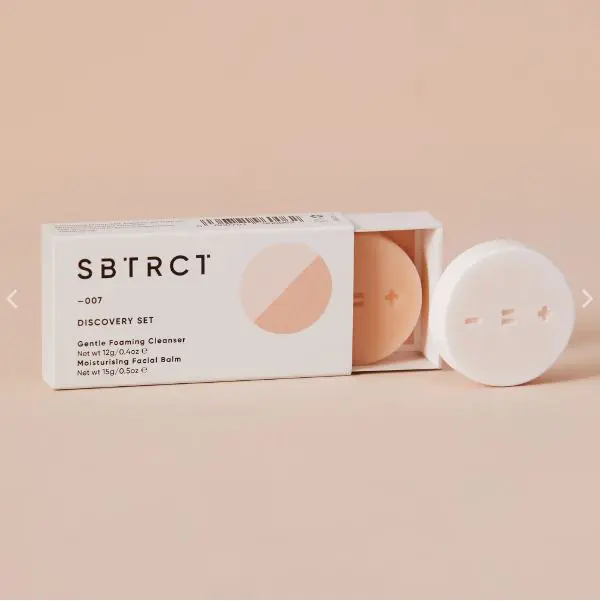
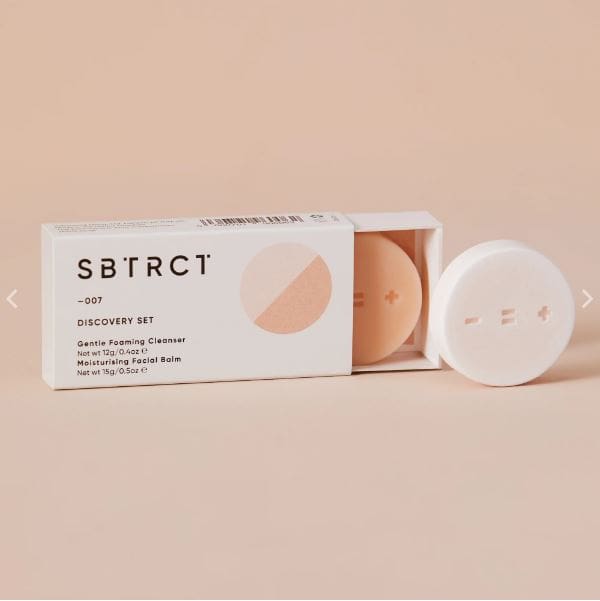
SBTRCT markets its solid products as ideal for travel as they bypass liquid restrictions. Source: sbtrct.co.uk.
Clean beauty marketing is battling consumers’ confusion and distrust
Our extensive Global New Products Database (GNPD) unveiled that between January to July 2023 ethical and environmental claims featured on over half of UK BPC product launches, making them the norm rather than the exception. However, the growth of these claims has not necessarily coincided with consumer understanding or trust, as 65% of adults think it is difficult to know if a brand is overstating how eco-friendly it is. This lack of clarity poses a threat to consumer interest and may cause it to decline.
Greenwashing – when a brand makes misleading or false claims about their environmental impact or the benefits of their products – further diminishes consumer trust in the clean beauty industry, however EU legislation is set in motion. The Karlsruhe Regional Court in Germany ruled that dm Drogerie markt cannot use the terms ‘climate neutral’ or ‘environmentally neutral’ when advertising products such as liquid soap. Moreover, in September 2023, the EU Parliament and Council reached a provisional agreement on common criteria to ban greenwashing and misleading environmental claims. Brands need to keep in mind that, besides leading to damage claims in civil courts, greenwashing may attract public scrutiny as well.
Transparency will be key, as over six in ten adults in the UK find it difficult to know where to get trustworthy information on sustainable products. To help mitigate scepticism, clean beauty brands in the UK market can provide regular updates on their sustainability commitments, such as breakdowns of carbon emissions in each stage of a product’s lifecycle to differentiate themselves from brands simply repackaging with recyclable materials.
Safety concerns might dampen clean beauty industry growth
Just under half of clean beauty and personal care users in the US have stopped using a product in the past year due to an ingredient safety concern. As a result, US consumers are calling for more government regulation on ingredients used in products. A lack of true regulation has caused certifications to emerge, which stand as a ‘badge of honor’ for clean products. Established logos like EWG (Environmental Working Group) and Leaping Bunny used on packaging have enabled retailers to create their own standards to merchandise conscious cosmetics and gain trust among customers. However, only a fraction of users say they pay more attention to product claims than ingredients, so full transparency beyond certifications, especially as it relates to ingredient inclusions and exclusions, is warranted.
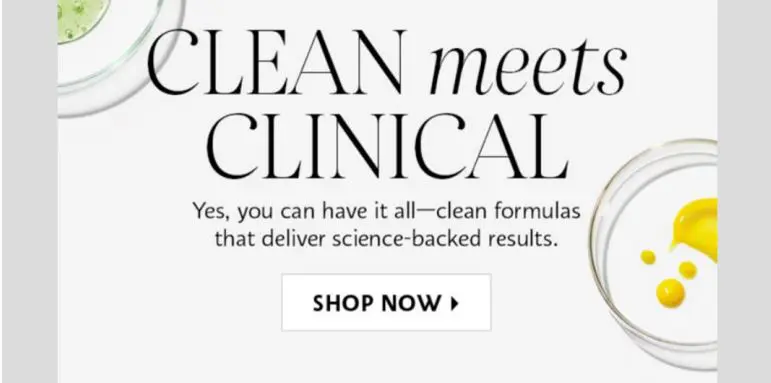
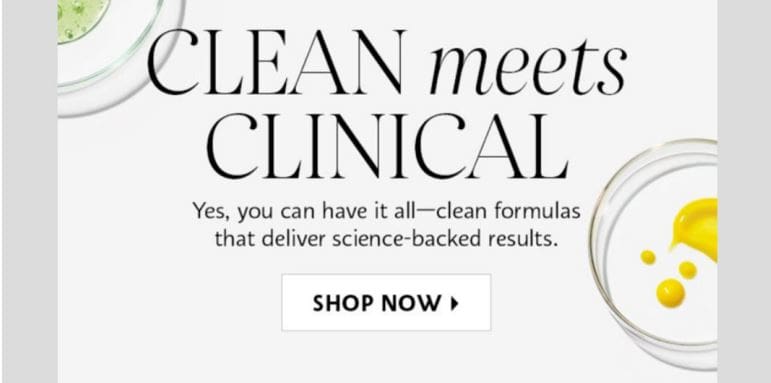
Sephora speaks to consumers aiming to target skincare concerns without exposing themselves to certain ingredients through a fusion of ‘clean’ and ‘clinical’ – ‘cleanical’. With increased focus on skin barrier support, hyperpigmentation and acne, retailers like Sephora are making it easy for customers to engage with clean formulations through solution-based products.
A Clean Beauty Industry Trajectory
Concerns around greenwashing and distrust in claims will continue to risk consumers becoming apathetic towards conscious cosmetics. On-pack traffic light systems which account for a product’s emissions and give it a red, amber or green score will make sustainability easy to understand and is a familiar system thanks to nutrition scores seen in the food industry. This tactic appeals to over half of UK adults who agree that it’s more important for big companies to act sustainably than individuals and almost half of BPC users agree that brands need to do a better job at explaining what ingredients they use and why.
Consumer concern regarding sustainability and environmental impact extends to a product’s entire lifecycle and begins at the stage of ingredient sourcing, extending all the way to products’ disposal and the impact on water systems. German consumers are observed to do their research before purchasing natural and organic products, with ingredient sourcing a concern for almost 60% of shoppers. This shows a strong relation between the interest in sustainable ingredients and purchase patterns and points to a highly engaged consumer group. Brands can learn from Clarins‘ T.R.U.S.T platform and allow users to check ingredient sources to ensure transparency.
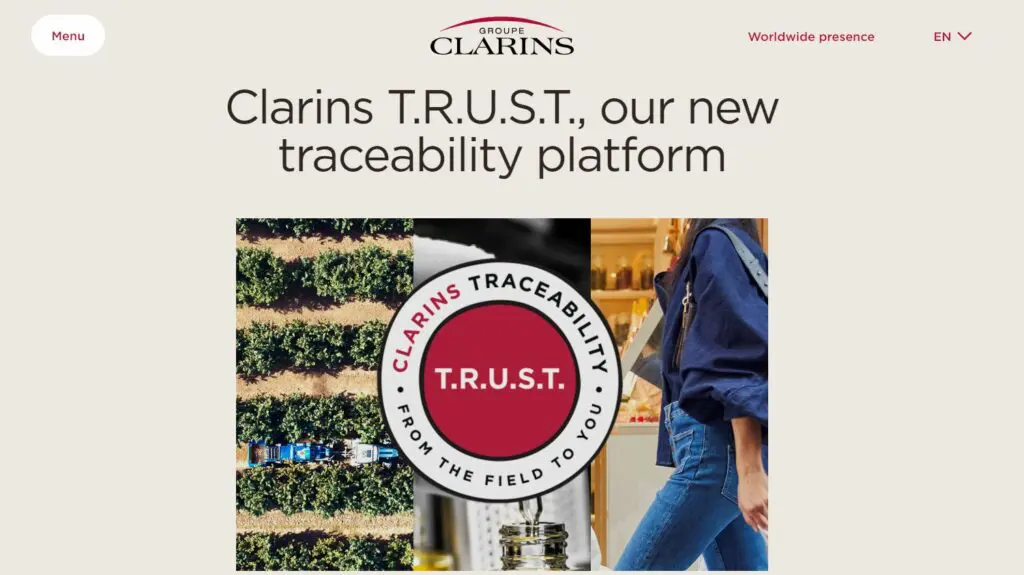
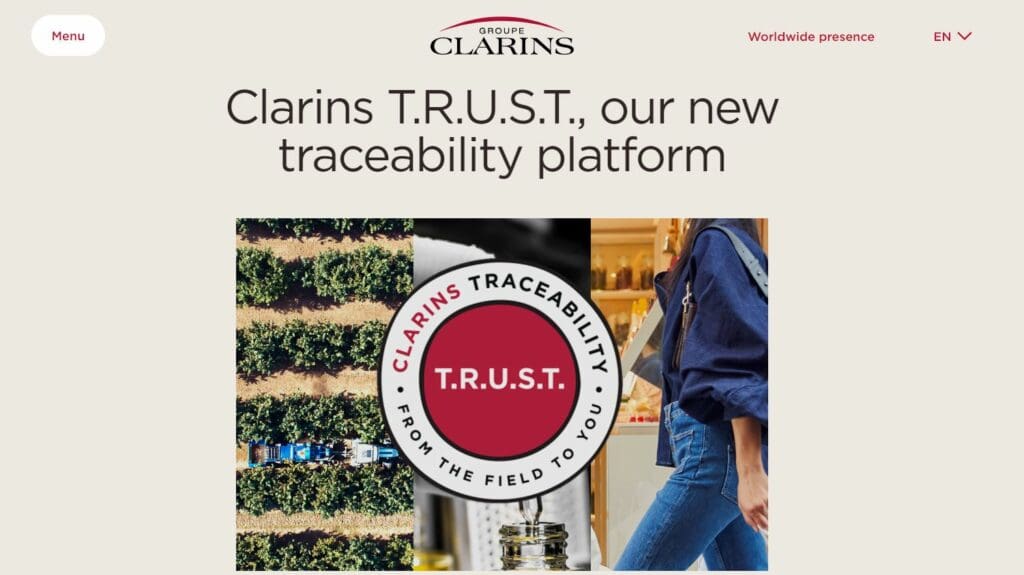
Clarins T.R.U.S.T platform allows consumers to trace the ingredients of their products all the way back to their source. Source: groupclarins.com
Make messaging clear for consumers to understand and act upon
In an industry that may quickly become oversaturated with products claiming environmental benefits, while simultaneously offering very little guidance or regulation, it will be crucial for brands to use the right messaging to appeal to consumers and encourage engagement.
Transparent messaging includes transparency on price. Sustainable brands need to explain to buyers why their products come with a higher price tag instead of relying on sustainability claims alone, they need to point out product performance and value, and market eco-friendliness as an added bonus to justify the price. While singular attributes such as eco-friendly packaging or natural ingredients have swayed some consumers to switch to clean alternatives, to inspire full trust in a product and brand, consumers will need to be able to trace proof of all clean aspects of a product – from its ingredients to packaging to effectiveness to safety.
Private labels are at an advantage: They will continue to grow by positioning themselves as an entry point to the green beauty market. Private label alternatives are already used by almost four-fifths of German consumers, and there’s space to provide an ideal entry point for current non-buyers with the potential to lock in users.
Don’t solely rely on eco-claims for clean beauty industry growth
A major challenge for natural and organic brands is communicating the effectiveness of their products, reflected in one in five non-buyers in Germany agreeing that regular products offer better results. Consumers across the pond also make clear that canning effectiveness for sustainability won’t cut it for them, as almost half of US consumers who already use clean products persist that effectiveness remains a priority for them.
Brands can demonstrate the effectiveness of clean beauty products with science-backed features. Brands in India are responding to such demands with innovations that highlight these traits. For example, Chemist at Play emphasises that its products undergo extensive clinical trials to ensure its effectiveness and safety.
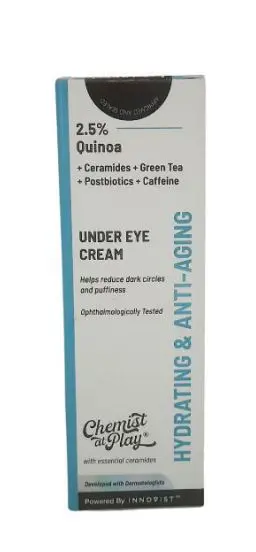
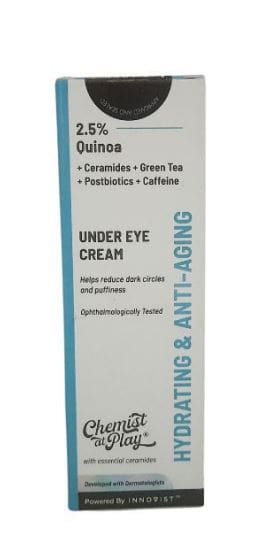
Indian brand Chemist at Play, emphasises long-lasting results and safety claims in product marketing, to not only rely on eco-friendliness.
Inject an element of fun
Although consumers recognise the importance of tackling environmental issues, introducing a bit of fun into sustainable practices can give consumers the extra boost they need to get fully on board. Get consumers excited about eco-action by bringing unexpected interest into familiar routines, and helping consumers to feel a sense of making a positive change in the world. Creating ingredients for conscious cosmetics and beauty products by upcycling waste and by-products from other manufacturing processes, such as food, is one example of how brands are surprising consumers positively.
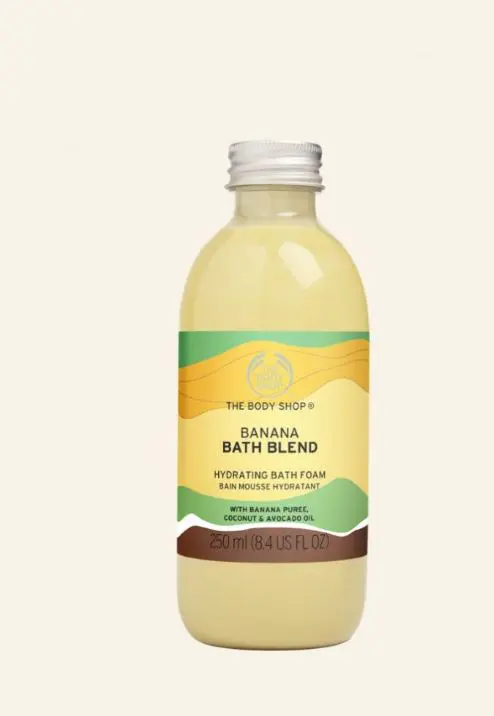
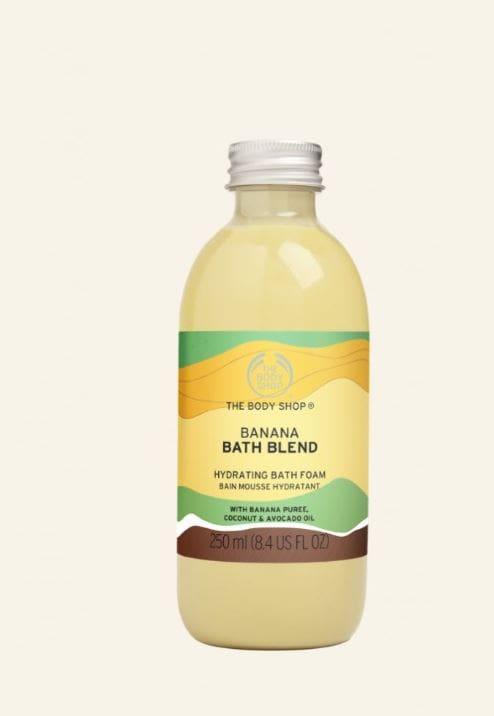
For example, The Body Shop‘s Banana Bath Blend is made from upcycled ‘second choice’ bananas.
Step into the Future of Clean Beauty with Mintel
Launches with eco and ethical claims have increased significantly in the clean beauty industry, with natural and organic claims in the lead. However, the clean beauty sector is no longer an exclusive space for brands focusing on sustainable alternatives; regular brands are catching up due to mounting pressure from stricter legislation, such as the European Green Deal, as well as consumer expectations.
In an increasingly cluttered green beauty market, it will be crucial for brands to stand out and differentiate their offering from the mass of products already available in the natural BPC space. While the user’s safety will remain the core appeal of clean beauty, brands must try to add more unique nuances, such as highlighting a product’s impact on the user’s immediate surroundings, by being cruelty-free for instance, and the global environment.
On top of environmental claims, which should be treated as an added benefit of the product, proving these claims and a product’s efficacy will be key to encouraging consumer engagement. To further stand out from the crowd, brands can focus on alternative initiatives, such as supporting charities, adhering to social ideals like direct trade and community trade, and animal welfare.
For our up to date market intelligence on consumers and sustainability, discover the world’s leading consumer sustainability study: Mintel’s Global Outlook on Sustainability: A Consumer Study 2024-25. For specific Beauty and Personal Care market research visit our Mintel Store.
Or sign up for our free Spotlight Newsletter to receive fresh insights and expert analysis delivered directly to your inbox.
24World Media does not take any responsibility of the information you see on this page. The content this page contains is from independent third-party content provider. If you have any concerns regarding the content, please free to write us here: contact@24worldmedia.com

